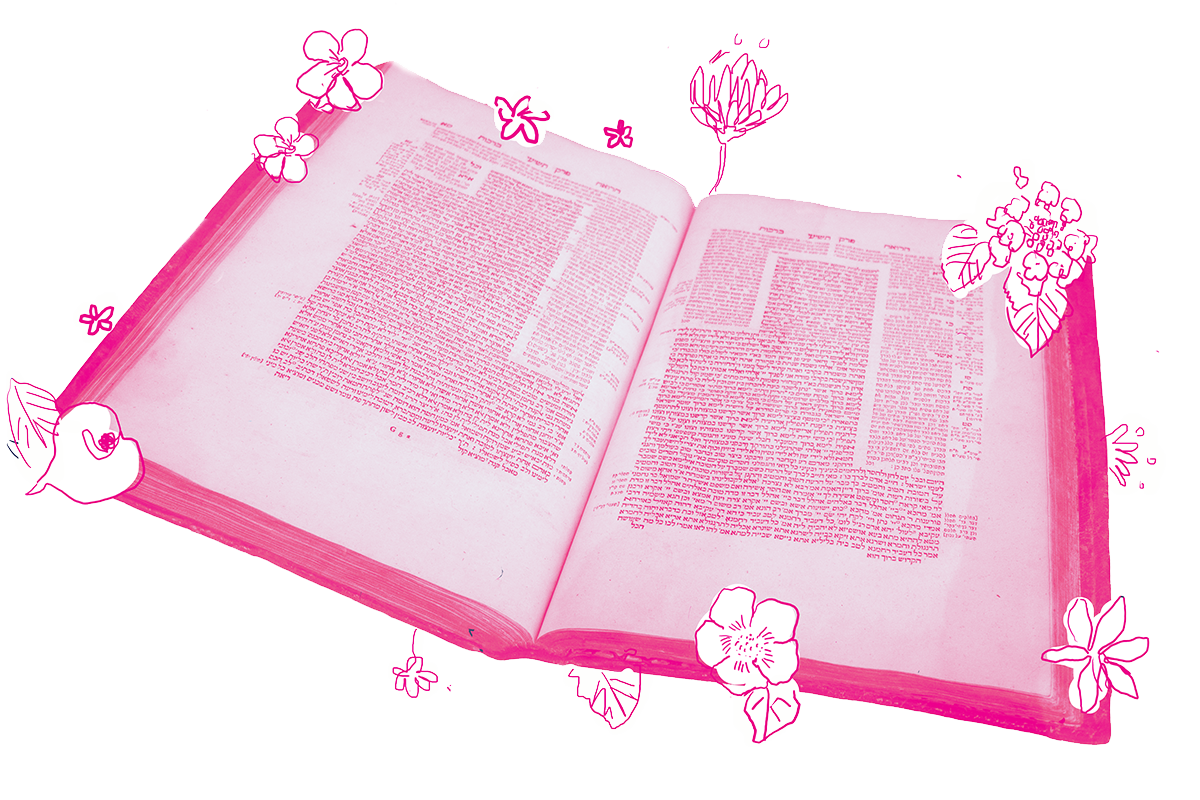Welcome to the end of Tractate Rosh Hashanah! We began with some intricate calendrical discussions about the multiple Jewish new years followed by a deep dive into the fascinating mechanisms of determining and publicizing a new month. This material included a famous story about Rabban Gamliel shaming Rabbi Yehoshua over a dispute. From there, we moved on to a discussion of the laws of blowing the shofar, the signal mitzvah — according to the Torah — of Rosh Hashanah. We also had an opportunity to explore the traditions that form the basis of the Rosh Hashanah Musaf, the liturgical high point of Rosh Hashanah in synagogues today. In wrapping up this brief tractate, the rabbis circle back to prayer with a discussion that illuminates the role of the prayer leader in the synagogue.
Let’s start with the end of the final mishnah of this tractate:
Just as the prayer leader is obligated (to recite the prayers), so too, each and every individual is obligated in these prayers.
Rabban Gamliel says: The prayer leader fulfills the obligation on behalf of the many.

Help us keep Jewish knowledge accessible to millions of people around the world.
Your donation to My Jewish Learning fuels endless journeys of Jewish discovery. With your help, My Jewish Learning can continue to provide nonstop opportunities for learning, connection and growth.
Rabban Gamliel — a consummate elitist — believes that the prayer leaders’ recitation can fulfill the obligation of the entire community. He does not believe individuals need to recite the Amidah (this is what the rabbis mean when they speak of “the prayer”) for themselves. But the rabbis strongly disagree.
The Gemara investigates this disagreement, beginning with Rabban Gamliel’s challenge to his colleagues:
Rabban Gamliel said: According to your statement, why does the prayer leader descend before the ark (to recite the Amidah at all)?
They said to him: He does so to fulfill the obligation of one who is not an expert in prayer.
It’s a fair point. Why does the prayer leader repeat the Amidah at all if everyone is individually obligated to say it too? The rabbis respond that it is for those who are not comfortable with the prayers. As the rabbis remind us, there have always been Jews who find prayer difficult, who stumble over the words. If this is you, you stand in a long and distinguished tradition.
To Rabban Gamliel, this distinction between expert and non-expert pray-ers is silly:
Just as he (the prayer leader) can fulfill the obligation of one who is not an expert in prayer, so too, he can fulfill the obligation of the expert.
At first glance, this is a surprisingly generous impulse on Rabban Gamliel’s part, an unwillingness to make a hard division between those who are good at prayer and those who stumble over the words. Rather than saying the prayer leader exists to fulfill the obligation of those who are unable to recite the full liturgy smoothly, and marking those Jews as somehow inadequate, he instead insists the prayer leader is there for all Jews, regardless of their ability. The Gemara will later suggest that the prayer leader is primarily there to fulfill the obligation of Jews who are stuck out in the field and cannot make it into the synagogue to pray.
Rabban Gamliel’s position proves convincing to the rabbis. The Gemara reports that he won this debate — not, as we saw earlier in the tractate, by throwing his weight around, but by being persuasive and democratic. Finally, it is determined that Rabban Gamliel’s statement applies specifically to Rosh Hashanah and Yom Kippur — only on those sacred days of awe can the prayer leader’s words fulfill the obligation of the rest of the congregation. Otherwise, people must fulfill their own obligation to pray.
This debate brings us to the end of the tractate, which was brief in comparison to many others we have studied.
And indeed, the opening of this tractate highlighted the relative insignificance of Rosh Hashanah, situating it as but one of many new years. And, as we were reminded throughout our course of study, the only concrete obligation associated with this “Festival of Remembrance of Sounding” (Leviticus 23:24), is blowing the shofar. It is a holiday with an ambiguous date (first month or seventh month?) and little else besides a fancy trumpet call to distinguish it.
Yet we know that Rosh Hashanah has since come a long way. It is the only festival that is two days long in both the Diaspora and Israel, and it has acquired a rich liturgy — not only the Musaf that we saw being developed in this tractate, but also many other iconic prayers, like Avinu Malkeinu and Unetaneh Tokef. On Rosh Hashanah we enjoy symbolic foods, especially pomegranates and apples and honey and all the other wonderful foods that are part of the Sephardic tradition of a Rosh Hashanah seder. The resonantly tactile tradition of Tashlich is now an integral part of the holiday as well.
This reminds us that the Talmud captures a snapshot of Judaism at a particular moment in time, and that while everything that came afterward is deeply indebted to the Talmud, Judaism has also evolved beyond where it was a millennium and a half ago. And like those who initially stumbled over the words of the Amidah, and Rabban Gamliel who grew in compassion, Rosh Hashanah has matured alongside the other Jewish holidays to become something truly wonderful.
Read all of Rosh Hashanah 35 on Sefaria.
This piece originally appeared in a My Jewish Learning Daf Yomi email newsletter sent on November 13th, 2021. If you are interested in receiving the newsletter, sign up here.



